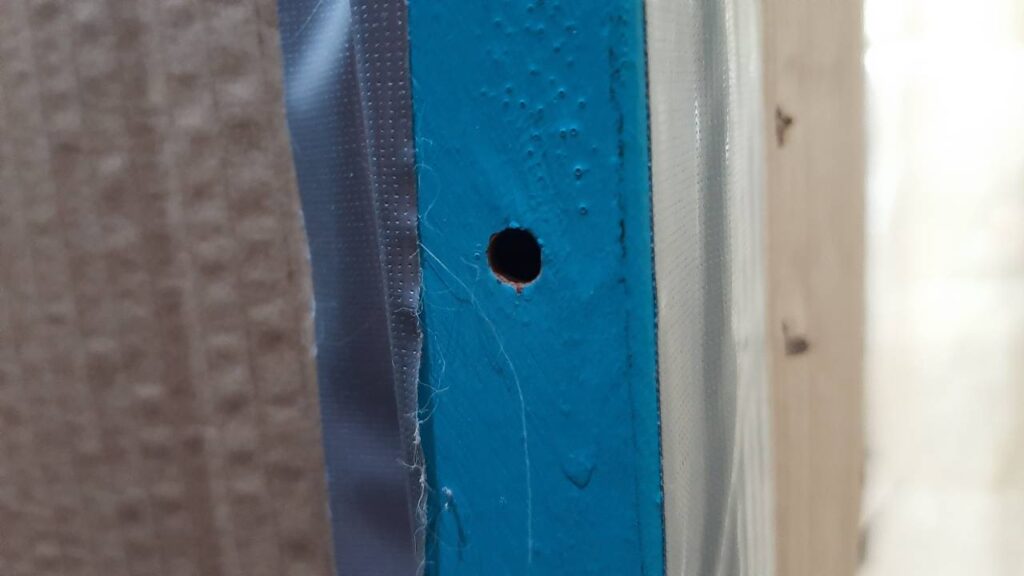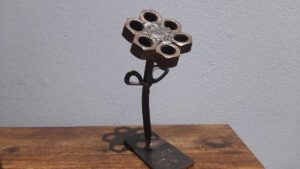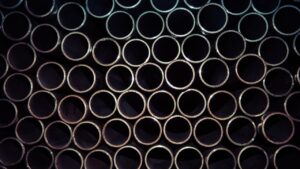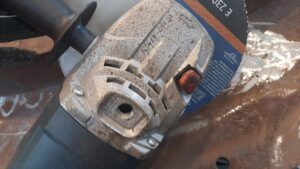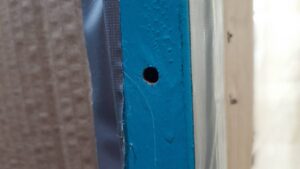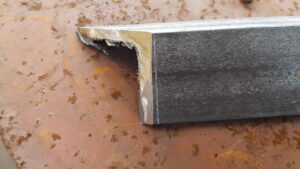Drilling a hole into a piece of metal is a bit different from drilling holes into other materials like concrete or wood. You can use a hand drill for most small holes up to 8mm is what I recommend, but you can try and push yourself to drill larger holes. Most hand drills can only fit 13mm max any size larger you will need a pillar drill.
What drill bit to use
There are two types of drill bits, one is used for concrete while the other is used for metal, wood, or most other materials. You will notice a concrete/masonry drill has a hammerhead, while the other just look normal.
The hammerhead works with the hammer function on a drill that makes it possible to drill concrete. You won’t be able to drill metal with a concrete drill at all. If you drill concrete with a normal drill it will get very hot and ruin the drill bit.
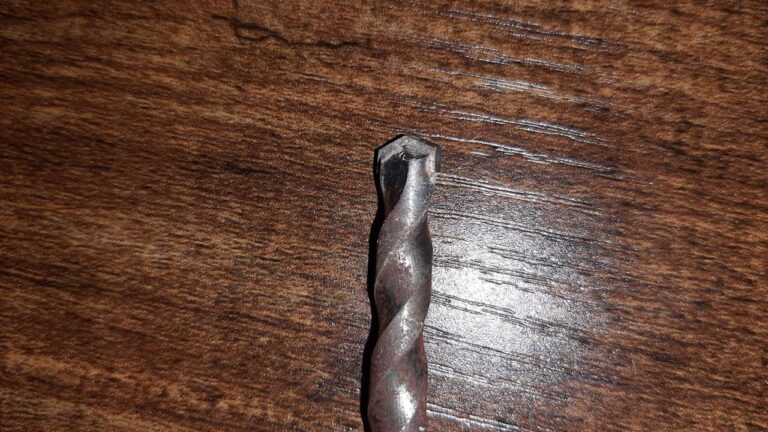
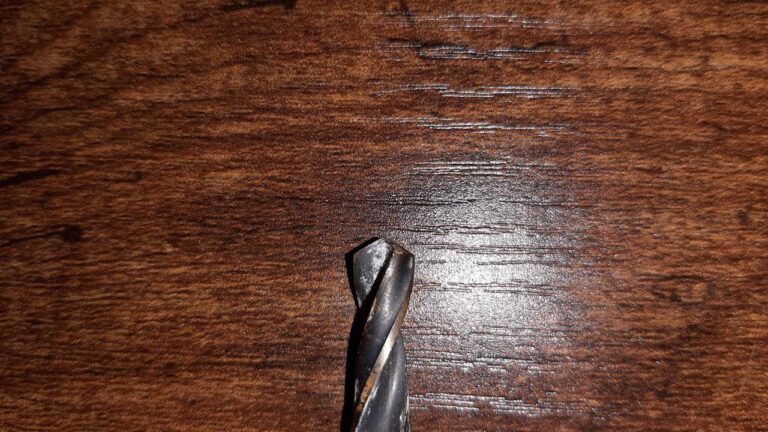
Make a small punch mark
Make a small punch mark onto your metal before you start to drill, this goes for metal or wood. The small punch helps the drill to catch the material to start drilling and prevents the drill from sliding around.
A punch mark also gives a clear indication of where the hole must be.
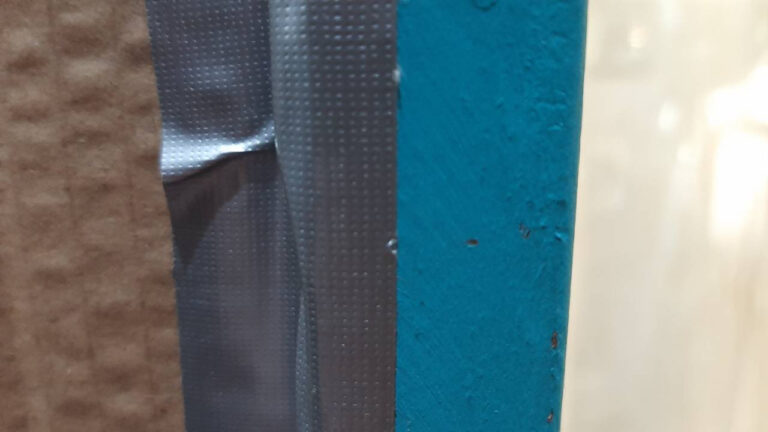
Drill speed and start-stop method
When drilling through metal with a hand drill you shouldn’t press down your trigger and drill continuously without cooling your drill, because you will burn and ruin your drill bit.
It can be difficult keeping your drill cool when you are using both your hands to drill. Making it impossible to give a constant flow of cutting fluid over.
The method you should use when drilling through metal is to drill in short bursts I call it the start-stop method. Pressing down and releasing continuously till you are drilled through. The bigger the hole you want to drill the harder you can press down, but make sure you aren’t bending your drill bit when pressing.
If you feel like the drill isn’t moving and just spinning on top of the metal it can be that your drill bit is blunt or you should just be patient and keep on using the start-stop method.
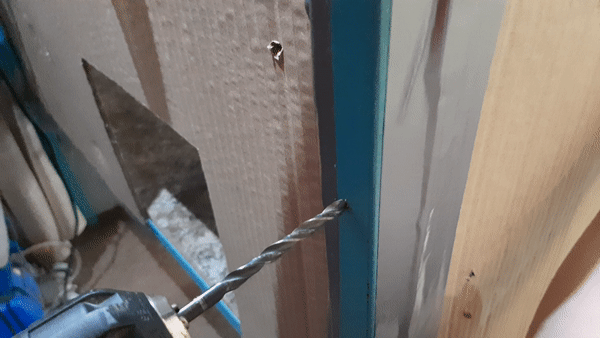
Drill a pilot hole
When drilling larger-sized holes onto steel you will have to drill a pilot hole. A pilot hole is a smaller-sized hole that you drill first before drilling the larger-sized holes.
Drilling a pilot hole
First, start with a smaller drill about 4mm then move up by 2 – 4mm till you have the desired size. It isn’t always necessary but it makes it a lot easier.
Keeping the drill bit cool
Keeping the drill bit cool is very important because when it “burns” it softens the metal of the drill and you won’t be able to save it. You will notice this happen when the drill bit’s tip becomes a shade of blue and won’t drill anymore.
You can keep the drill cool by giving it a constant flow of cutting fluid, water isn’t sufficient, or using the start-stop method. Just note that the start-stop method best works with hand drills, when using pillar drills it is best to use cutting fluid.
After reading this post I recommend reading my post on electric hand drills and everything you need to know.

